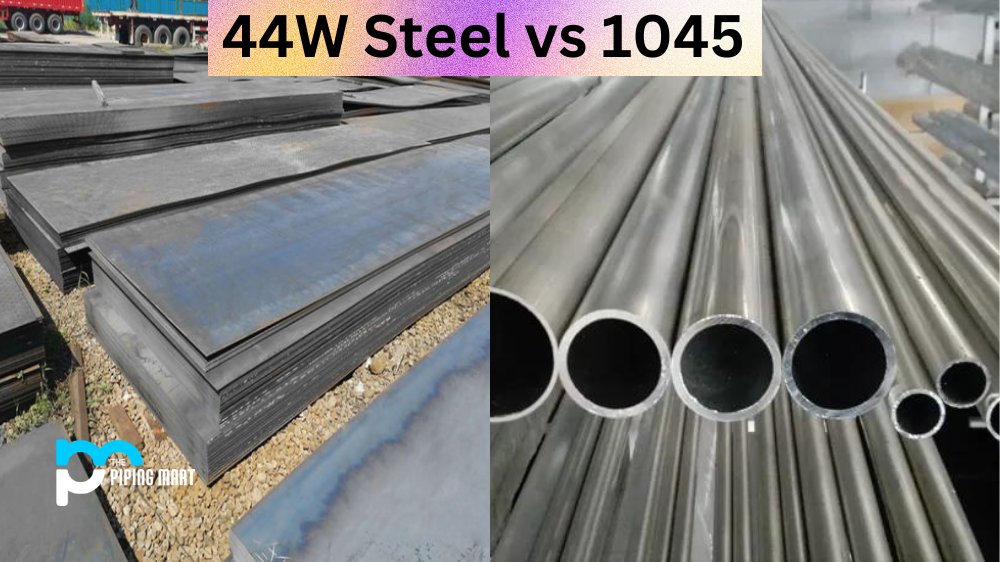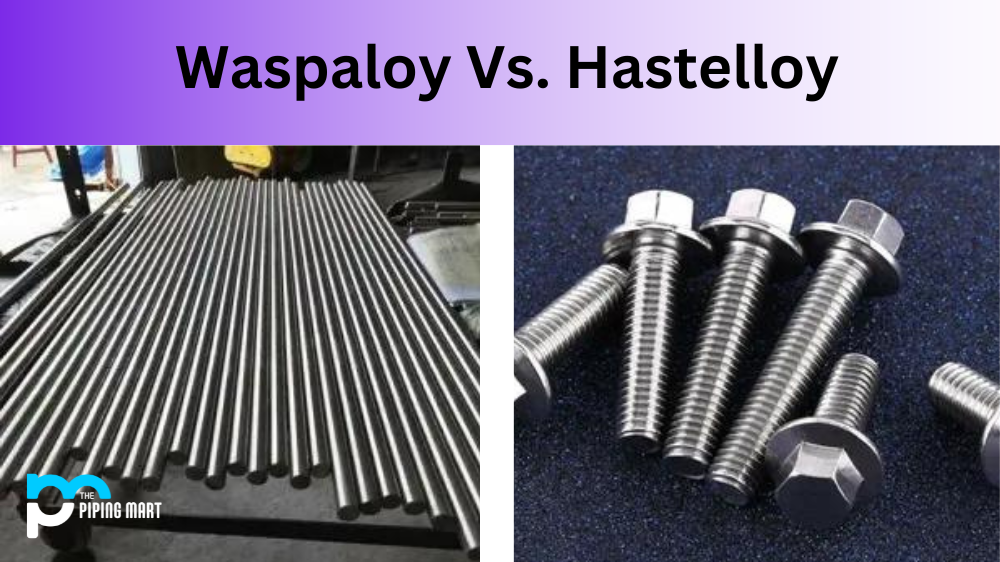Iron has been the go-to metal for smiths and craftspeople of all kinds for centuries. But in recent years, tungsten has begun to make its way onto the metalsmithing scene. So what is the difference between these two metals? Let’s take a closer look at tungsten vs. iron to find out.
How They’re Made
Iron is an element found in nature and can be found in ore deposits scattered around the world. To use iron for crafting, the ore must first be mined from the ground and then heated until it melts—a process known as smelting. The molten iron is then poured into molds to form specific shapes or tools.
Conversely, tungsten is synthetically created using several different elements—primarily wolframite or scheelite ore. This ore is heated and melted down to make a white powder that can be molded into various shapes and sizes. The powder is then cooled and hardened into solid objects such as jewelry or tools.
Physical Properties
Iron has medium-to-high tensile strength, which can bend easily without breaking. It also has excellent corrosion resistance—it won’t rust when exposed to moisture—and it’s relatively light compared to other metals like steel or titanium. However, because of its low melting point (around 1,540°C), iron tends to be quite malleable and prone to warping after long periods of use or exposure to excessive heat.
Tungsten boasts an incredibly high tensile strength that makes it almost impossible to break with your bare hands (though technically not unbreakable). It’s also very resistant to wear and tear due to its high melting point (2,400°C) and remarkable hardness (HV 9–10). Its density makes it slightly heavier than iron but still lighter than steel or titanium. Plus, tungsten does not corrode over time like iron does when exposed to moisture.
Conclusion:
As you can see, there are many differences between tungsten and iron regarding their physical properties and how they’re made. Both metals have their unique benefits depending on what type of craftsmanship requires them; At the same time, tungsten may be harder than iron in terms of durability, but iron remains lighter and more malleable for those times when flexibility matters most! Ultimately, if you’re a metalsmith looking for reliable materials for your projects, then tungsten and iron are great options!
Meet Heer, a dynamic and driven writer learning tricks of her trade in the metal industry. With a background in Digital Marketing, Heer brings a unique perspective to her writing, sharing valuable insights. Apart from blogging she like reading and hiking.




